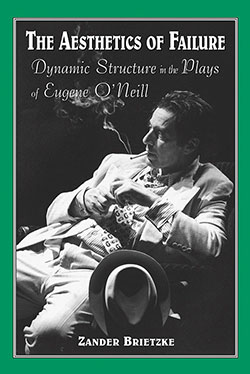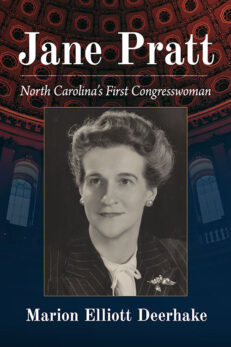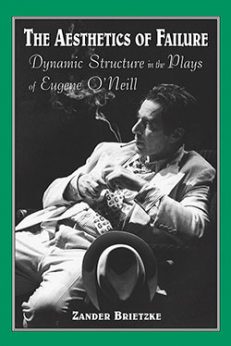The Aesthetics of Failure
Dynamic Structure in the Plays of Eugene O’Neill
$39.95
In stock
About the Book
Critic Clive Barnes once called Eugene O’Neill the “world’s worst great playwright” and Brooks Atkinson called him “a tragic dramatist with a great knack for old-fashioned melodrama.” These descriptions of the man can also be used to describe his work. Despite the fact that O’Neill is the only American playwright to win the Nobel Prize for Literature and his last works are some of America’s finest, most of his published works are not good. This work closely examines how O’Neill’s failures as a playwright are inspiring and how his disappointments are reflections of his own theory that tragedy requires failure, a theory that is evident in his work. Conflicts in O’Neill’s plays are studied at the structural level, with attention paid to genre, language or dialogue, characters, space and time elements, and action. Included is information about O’Neill’s life and a chronological listing of all of his 50 plays with basic details such as production history, principal characters, dramatic action, and a brief commentary.
About the Author(s)
Bibliographic Details
Zander Brietzke
Format: softcover (6 x 9)
Pages: 277
Bibliographic Info: photos, appendices, notes, bibliography, index
Copyright Date: 2001
pISBN: 978-0-7864-0946-4
eISBN: 978-0-7864-8311-2
Imprint: McFarland
Book Reviews & Awards
“should interest both theatre people and literary scholars…insightful discussion”—The Eugene O’Neill Review.





